Plantago is a common weed that grows abundantly all around. It is one I dissected as a child, pulling out the fleshy parts of the leaf from between its veins. The veins are very stringy and can be made into a mini guitar with some careful action of the fingernails!
Its familiarity can mean it gets overlooked, though I do like the way it stands tall and proud, especially with the seed heads. These seed heads make a great game if you wind the stalk around itself and use it to flick off and propel the head at targets. Like the bellybutton of a sleeping parent. Such giggly fun!
ID features
Narrowleaf plantain is long and pointed like a lance, which is referenced in its Latin name. The veins grow in parallel straight lines from stalk base to very near the tip.
It grows in a basal rosette where the flower stalk also originates. The flower stalks are long, firm and furrowed, often exceeding the leaves in height. The head is small brown and stubby with a ring of white stamen when in full bloom.
When the tiny seeds form, they are arranged in a similar way to catkins, and contain as many as 200 seeds per head. These seeds are known as psyllium, the husks of which are used as a fibre source. Psyllium husks are a big industry from Indian plantain.
Medicinal uses
Plantago leaf is a great tissue healer that works via a symphony of actions. It is astringent which means it tightens tissue to aid healing. It is also anti-inflammatory.
It provides a drying action that works to reduce secretions such as in sinusitis and rhinitis, so can be another ingredient in hay fever tea. It also offers a protective layer of mucilage that soothes the tissue and gives it the time it needs to heal.
On top of all of that it is antiseptic will prevent wounds getting infected AND stimulates new cell growth to really speed up the healing process.
This means it lends itself well to chronic inflammatory conditions of the gut, and interestingly, the respiratory tract as well, (both upper and lower). It can be used to soothe a cough and as a gently expectorant will aid the removal, as well as reduction of phlegm.
The psyllium husks swell in water like chia seeds. When taken with a lot of water they bulk up the stools and encourage a speedier transit time to treat constipation. The gel-like substance also draws in toxins from the gut so that they can be expelled from the body.
When the seeds are taken with a small amount of water, they can be used to treat functional diarrhoea. This is because it absorbs the water in the gut and creates a firmer stool. This treatment should only be used short-term because it is habit forming.
How to make a cuppa
I cut up a few leaves which amounted to about 2 teaspoons in my teacup. It quickly turned the water green. If you have a good juicer, I recommend you try this as you would a wheatgrass shot.
Taste
I think grass. Freshly mown. On chewing I could detect the sweet polysaccharides, and also some mild bitterness.
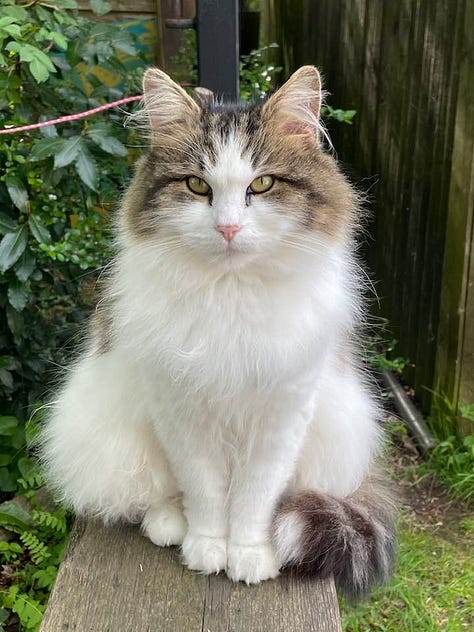
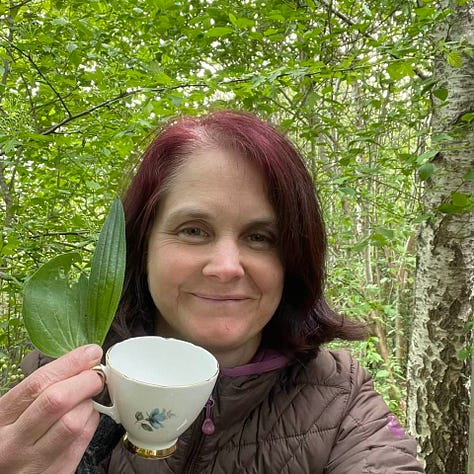
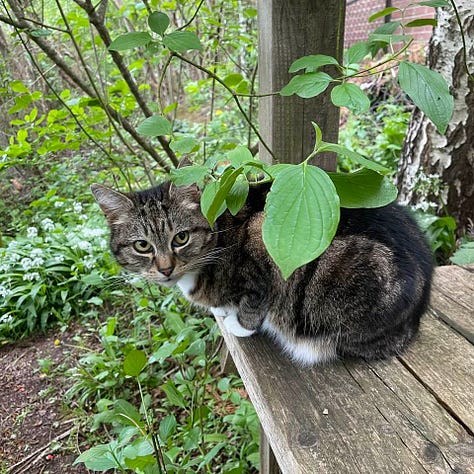
For those Local to me:
My next herb walk is at 6.30pm on Ashton Court on Tuesday 22nd April. Meet at the entrance to the rose garden with a flask of hot water for a foraged tea. We must be mindful that the gates to the grounds are shut at sunset, (8pm), and so we will finish promptly at 7.40pm.
£10 cash on arrival, or pre-pay option via: https://www.healthneedsthyme.co.uk/services
Herbal Medicine Consultations
I am a qualified medical herbalist, trained in much the same way as a GP. However, my medicines are from nature's medicine chest. They nourish and strengthen so that your body can heal itself. I offer consultations via video call and send tonics out in the post. Email me to book an appointment: sarah-janecobley@healthneedsthyme.co.uk




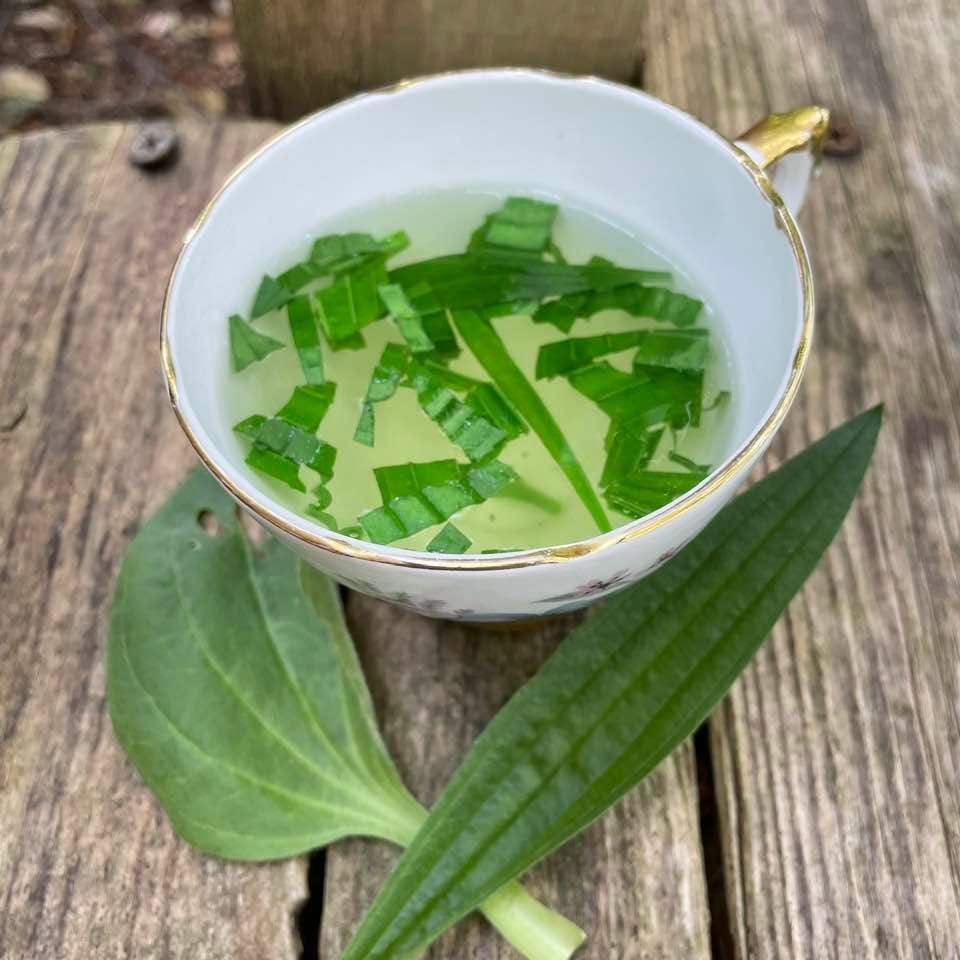
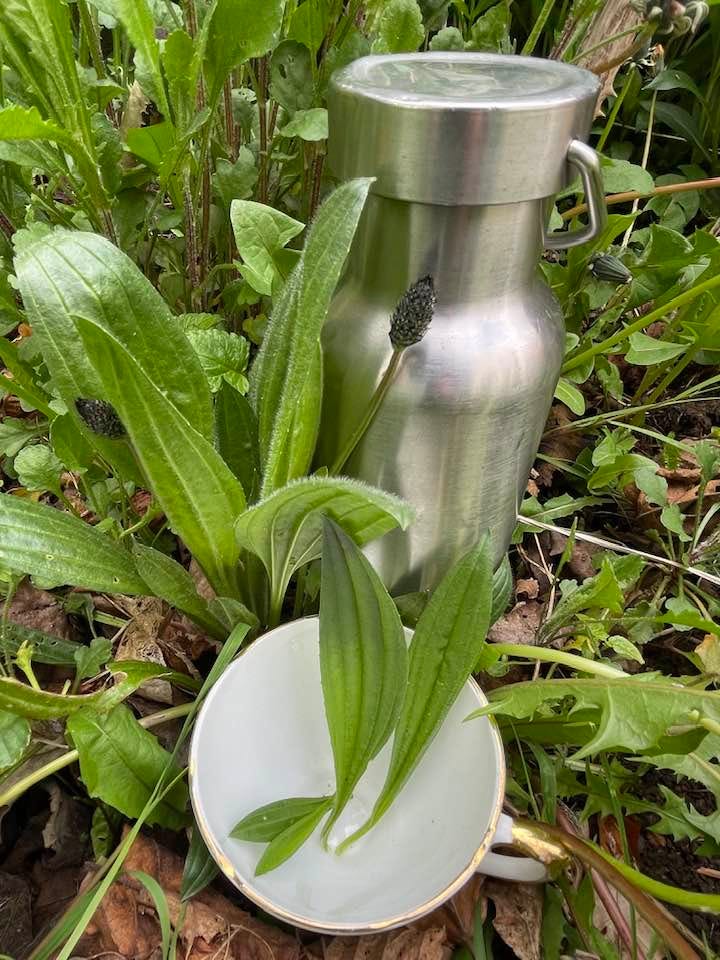
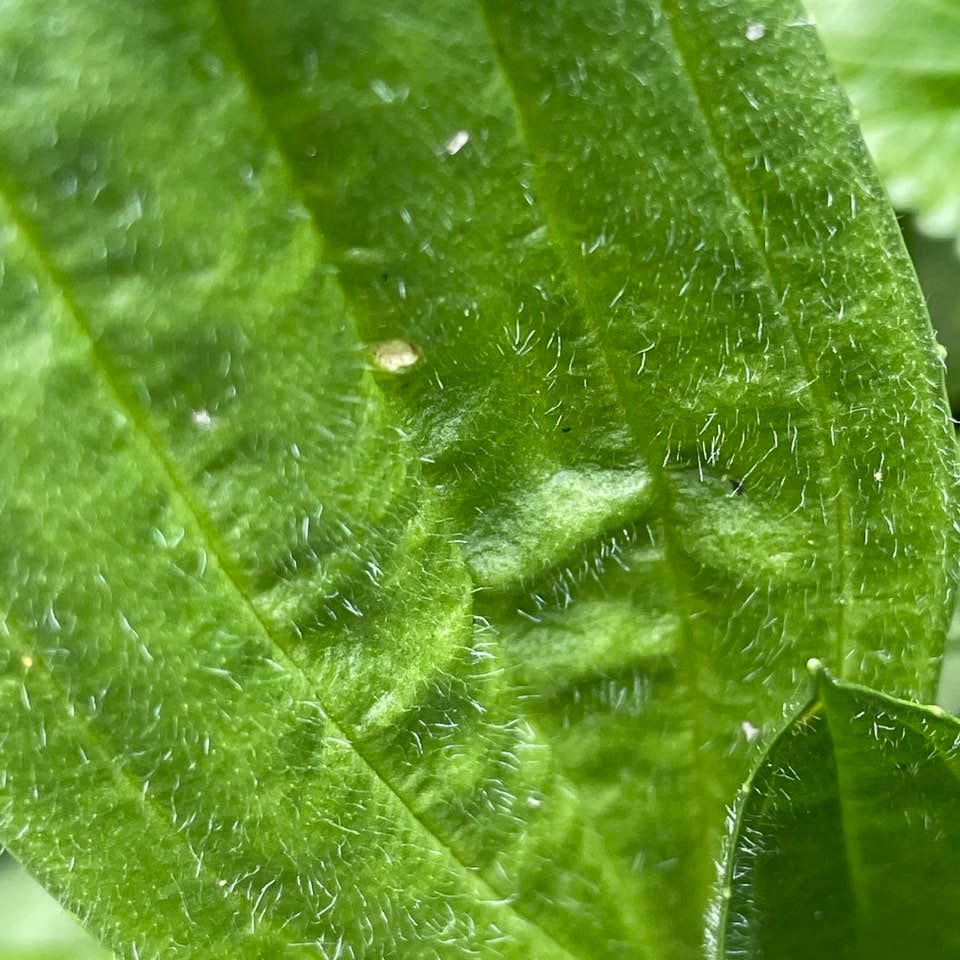
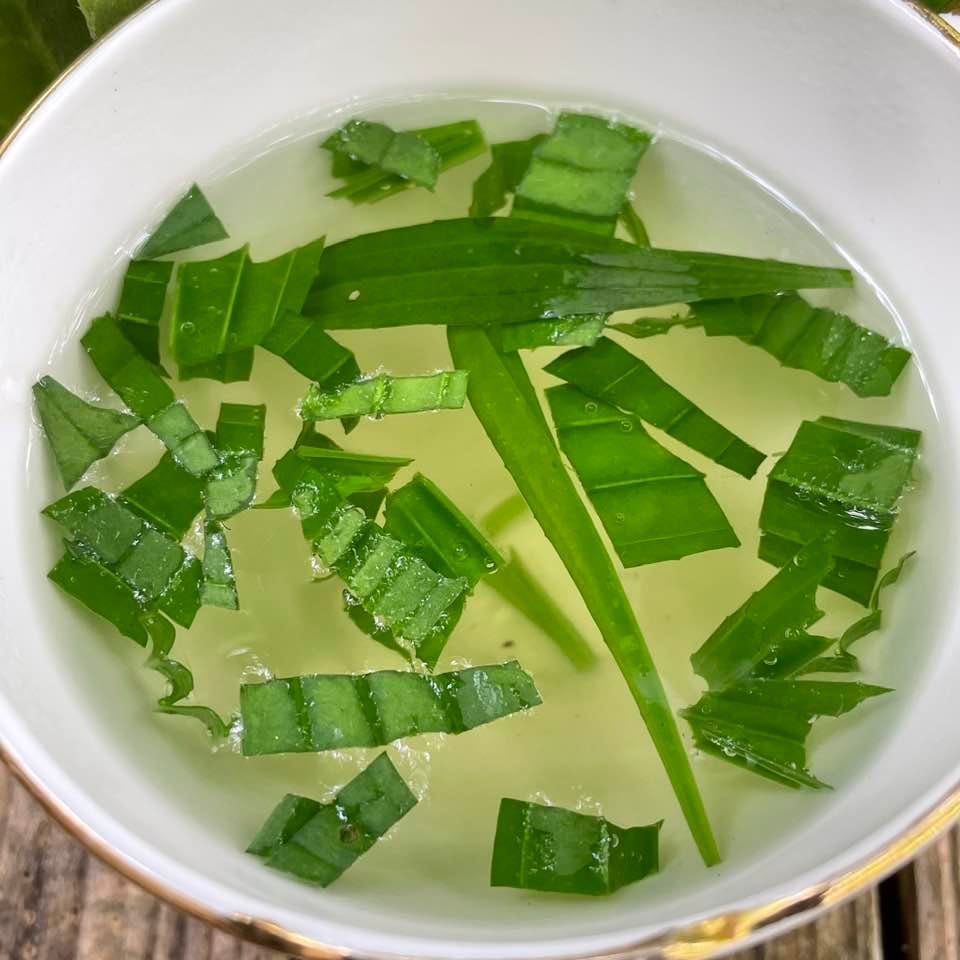
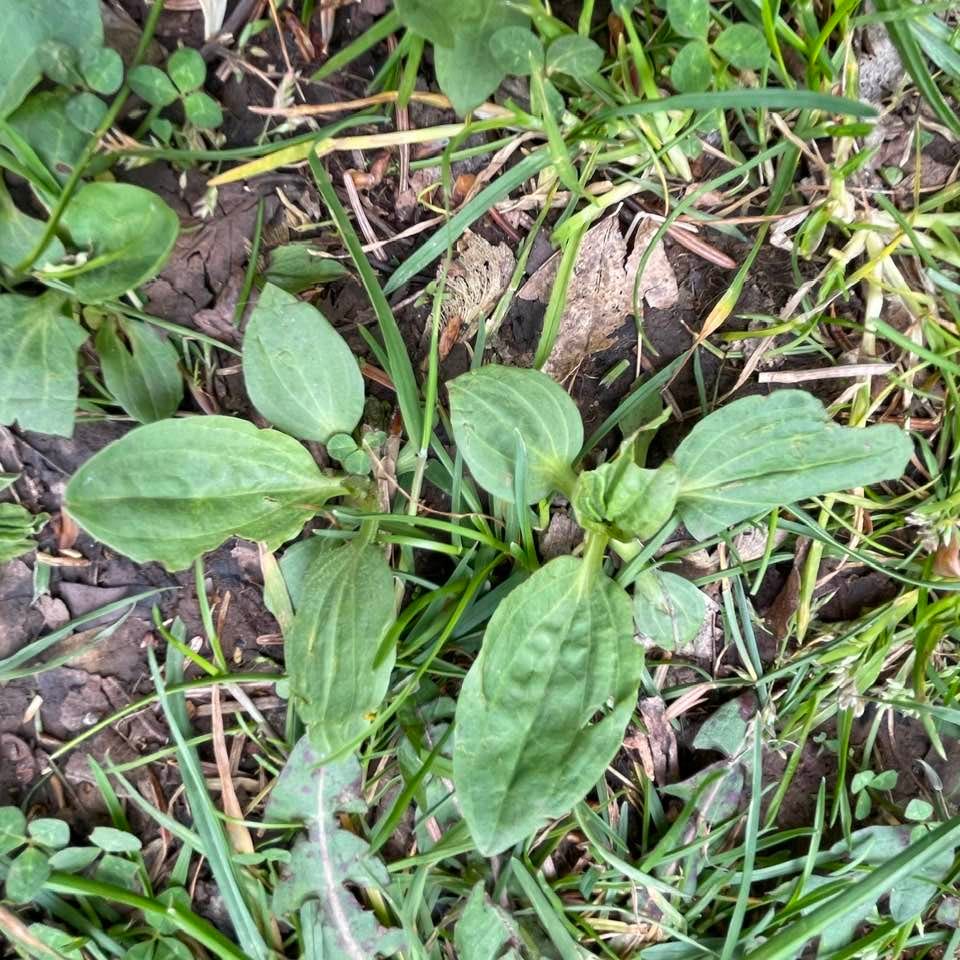


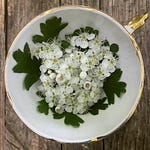







Share this post